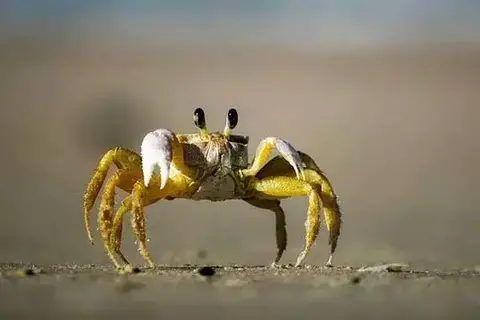How Often To Bathe Guinea Pig
Karla MillerThe guinea pig has recently become a very popular pet. And so their owners are often interested in the peculiarities of keeping these animals. In particular, how to feed , how to care for teeth and claws, and whether guinea pig can be bathed. Today we will talk about whether it is possible to bathe guinea pig and all related issues.
To bathe or not to bathe
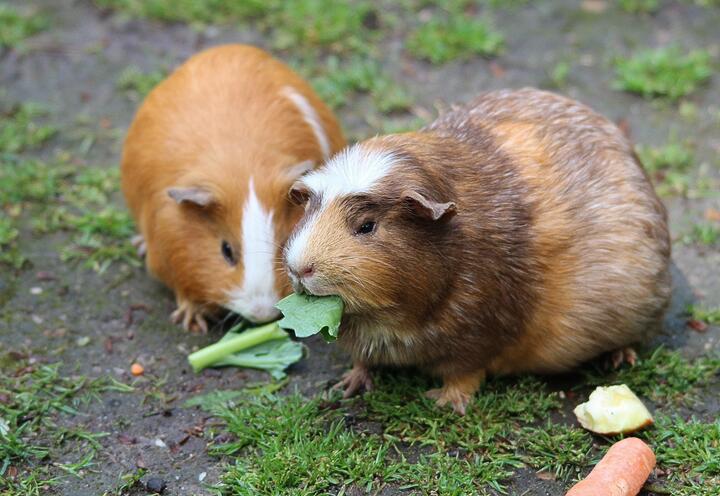 Photo by Pixabay on pexels
Photo by Pixabay on pexelsLet us start with the fact that guinea pigs in their natural habitat take care of their hair. They wash, clean their hair and legs without any help. And all this remains clean, and they do not need additional water procedures. Also, guinea pigs are very afraid of water, and on their own will, they will not go into the bathing pond.
But the question, whether guinea pigs bathe, can be answered in the affirmative. But is it reasonable?
The only correct answer to the question of whether it is possible to bathe guinea pigs or not is no. Every owner of this funny rodent decides for himself whether or not to wash his pet.
Some owners are inclined to believe that you can not bathe the pet. Or, such procedures should be performed very rarely, because bathing in water causes panic and stress.
Other owners of guinea pigs regularly subject their pets to such procedures. This is justified by the fact that there is no other way to take care of the rodent, particularly the long-haired breed. And they need to be bathed and combed regularly because guinea pig is not able to take care of its hair.
Also, some piggy owners claim that some pets are happy to perform water procedures and squeal with joy.
But, as always, the correct answer is somewhere in the middle. And we will try to justify our opinion.
Pigs are not as adapted to survival as their wild congeners. They do not seek their food, do not hide from enemies. This is all and excessive human care has dulled the instincts of these animals. And they can not fully take care of themselves. Wool often gets dirty and can not do without the help of the owner. Also, remember that many breeds of these charming animals were bred by scientists, and they will not survive in natural conditions.
From all this follows – guinea pig should be bathed, because you can not leave your pet dirty. Dirt can cause the development of various microorganisms, which, in turn, can lead to disease or even death. But you shouldn’t wash guinea pig often either.
If your pet is not very dirty, use hypoallergenic wet wipes to clean the wool and feet, gently removing the dirt. This is the best way to care for the hair of short-haired breeds, but for long-haired pets, this procedure will not help.
So that your pet is not dirty, you can comb his coat regularly. But you will still have to wash long-haired breeds.
When you need to bathe guinea pig
For water procedures, it is necessary to adhere to certain conditions.
The animal must be dirty enough. Usually, a healthy animal is good at taking care of its fur, it is enough to comb and wipe its feet.
It should be washed only when the fur gets very dirty and it is impossible to do without it.
Remember, bathing is a stress for your pet, and there should be serious reasons for washing.
The pet should be an adult. Bathing small guinea pigs is not allowed! The small organism is very delicate to temperature changes and drafts. Therefore, you should not subject them to such tests.
When you do not need to bathe guinea pig
It is worth to postpone the bathing in the following cases. If your pet:
•is sick,
•attenuated,
•recently suffered from an illness,
•waiting for offspring or after childbirth, a little time has passed.
Bathing sick guinea pigs can provoke even more serious illnesses from stressful situations.
Bathing guinea pigs is worth only in warm seasons or in a well-heated room without draughts.
You should also think about where and how you will dry your pet. After all, even if you have bathed a perfectly healthy pet, and not discussed it properly, and sent the animal in a cold room or draught, it can lead to serious illness.
Frequency of water procedures
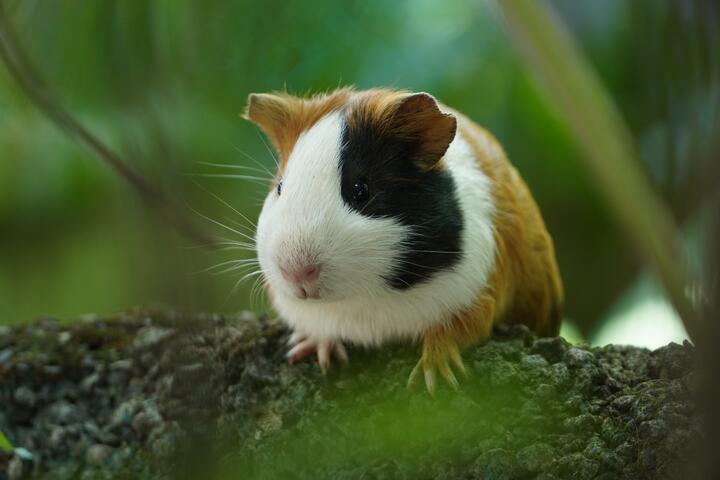 Photo by Amjith S on Unsplash
Photo by Amjith S on UnsplashWhen asked how often to bathe guinea pig, every pet owner must find the answer himself. Since the degree of contamination will depend on the length of the coat and the conditions of detention. If you stick to the maintenance recommendations, in most cases, you will not wash guinea pigs at all. The most important of them are:
•the filler layer (it should be at least 5 cm),
•frequency of its replacement (several times a week),
•Cell length (minimum length for one animal is 100 cm).
Guinea pigs are very clean animals, and they need help to keep their skin clean. If your pet has diarrhea, has problems with urination, or can’t take good care of himself, wash only the soiled area. In all other cases, review the conditions.
If you and your pet regularly attend different exhibitions, you should bathe guinea pig a few days before the event, not a day or less before it.
It is also a good idea to wash hairless pets, such as the Baldwin breed, frequently. But with such pets, you should be very careful and very carefully dry them after the procedure.
How to properly bath guinea pigs
If you decide to wash guinea pig, then consider that this peaceful pet in a stressful situation can use teeth and claws. Bath your pet carefully and hold him firmly. So as not to break out. Talk to the rodent all the time so he doesn’t worry.
You will need it for bathing:
•Pellet with water, whose temperature is 37-39 ° C. You can also bathe the pet in the sink or bath.
•A towel or a piece of cloth on the bottom of the pelvis or bathtub so that the feet of the piggy do not slide on the wet surface.
•Towels to wipe and dry the rodent.
•Special rodent shampoo, or shampoo for cats and dogs, or hypoallergenic shampoo for newborn babies without dyes and parabens.
•Hairdryer.
It is strictly forbidden to wash guinea pigs with soap! The use of normal human shampoo can lead to a violation of the secretion of the pet’s skin and cause skin diseases. Also do not use cheap shampoos for animals, which are often not suitable for the delicate skin of guinea pigs.
The most important thing is how to bathe guinea pigs
•Put a towel or a piece of cloth on the bottom of the basin, sink, or bathtub where you will bathe your pet so that the feet of the piggy does not slide on the bottom.
•The water must be so large that the rodent is not more than half submerged in it.
•Gently stroke the back of the rodent, place it in a water container.
•Gently soak the piggy’s coat all over his body, avoiding water in his eyes, nose, and ears. It is better not to pour water on the animal’s head. Use wet wipes to remove any dirt from the head.
•Apply the shampoo after you have wetted all the wool. Distribute the shampoo throughout the body and without sudden movements, gently massage the skin of your pet. Do not wash the muzzle of the piggy.
•Hold the muzzle of the mumps very gently and firmly during water procedures. Your pet will most likely not behave calmly and may slip out of your hands.
•Wash the shampoo very carefully, do it until the water is clean. Otherwise, the remnants of detergent may cause damage to the rodent’s digestive system.
How to Dry a Pet
After bathing, the guinea pig should be thoroughly dried.
To do this, wrap it in a thick terry towel to slightly discuss the animal.
Next, you need to completely dry the fur, because these animals are very sensitive to drafts and can easily catch a cold and fall ill. To do this, use a hairdryer, before turning on which you need to calm your pet so that the loud sound of the device running does not scare the mumps.
The hair dryer should be kept at a distance of about 30 cm from the pet so that hot air does not burn delicate skin. Try to dry your pet evenly without concentrating the air jet in one place.
At the end of the procedure, make sure that all parts of the body are dry, and only then you can send your pet to a previously cleaned cage.
The wool of guinea pigs of long-haired breeds can be processed before drying with a special spray, which is sold in veteran shops. This product will simplify combing and prevent tangling of the pet’s coat.
It is not recommended to take guinea pigs outside for a day, so as not to catch a cold. The coat may not have time to dry during this time. For the same reason, it is not worth bathing your pet the day before the exhibition.
We hope that our article was useful for you, and you now know how to wash guinea pig properly and when to do it.
How to Bathe a Guinea Pig Without Shampoo
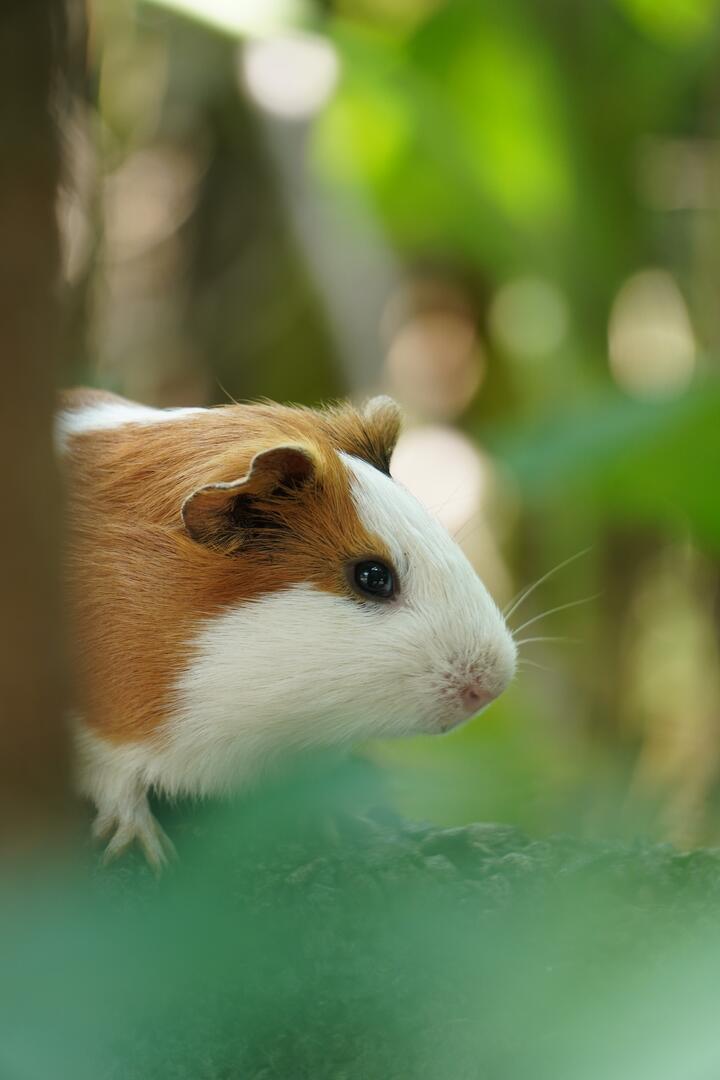 Photo by Amjith S on Unsplash
Photo by Amjith S on UnsplashBefore you attempt to bathe a guinea, make sure it’s clean. You can use drops of shampoo and water in a jug or a tub with warm water. Scrub the coat thoroughly with a cotton wool ball, and then rinse it with warm water. The key to giving your guinea a clean and healthy bath is to keep it from slipping in the water, and it’s essential to keep it clean to avoid skin infections.
First, prepare a bathtub. A bathtub or a washtub can be used. You’ll need a large enough tub or a small bowl to rinse the water. A small washtub will work best for a small guinea pig. A taller tub is needed for larger guinea pigs. Try to avoid getting the shampoo into the ear and eye area. Instead, use a washcloth to rub the shampoo into the guinea pig’s fur and let it stand in the tub. Once the bath is complete, rinse the water with warm water.
The next step is to choose a tub. The bathtub should be a shallow one, and your guinea pig should stand in it. If the guinea pig has long legs and a small nose, choose a larger tub. Once it’s standing up, pour the water onto its back. To prevent your poodle from running away, place a towel underneath the guinea pig’s head and neck. Using a sink stopper or a bathtub filler may help. The water should be clean but avoid splashing it on your towel as it may cause stress.
Once you’ve removed your guinea pig from the water, wrap it in a towel to keep it from getting wet. Afterward, you can gently brush the guinea pig’s fur, keeping its head and other sensitive areas out of the water. The water should be a comfortable temperature for your poodle, so avoid overheating. You can also offer treats during bath time to entice your poodle.
After preparing a sink drain, you can start the bath. When a guinea pig gets wet, it can jump and panic. While it is tempting to try to grab the guinea pig, you should make sure the room is warm to avoid spooking. In addition, you can use a towel to wipe the guinea pig’s skin after a bath.
Before you start bathing a guinea pig, be sure it is comfortable. The cage should be at least two inches deep. If your guinea pig feels clammy or uncomfortable, you should play soothing music and stroke it to calm it down. Then, you should try to avoid any problems by removing dirt or sand from its skin. During the bath, it is important to make sure the water is lukewarm.
Besides a regular bath, guinea pigs also need a good dry. A dirty guinea pig can freeze and shiver, which is why you need to make sure to dry it well. Therefore, the most important step of bathing a guinea pig is drying it thoroughly. After the bath, you should wrap it in a big dry towel and gently rub its fur with a clean towel.
Taking a bath is an important step for guinea pigs. It’s important to avoid drowning them because they can suffer from gastrointestinal distress. If you’re worried about your guinea pig’s health, it’s best to consult a veterinarian before you begin the bath. Even better, play music while the guinea pig is bathing.
To bathe a guinea pig, make sure it is calm. Ensure that the pig is comfortably standing in the water. Before you start the bath, talk to your guinea pig and stroke its fur to relax him. After he is calm, you can begin the process of cleaning. If you’re unsure of the steps involved, read on.
First, calm yourself before starting the bath. It’s important to avoid putting your guinea pig in water if you’re nervous. When bathing a guinea pig for the first time, he may be fearful or nervous, and you should try to be calm. Alternatively, you can talk to your hog in a soothing tone, and let him get comfortable in the water.
- LivestockThe Prodigal Sheep Returned To The Home Farm Seven Years Later
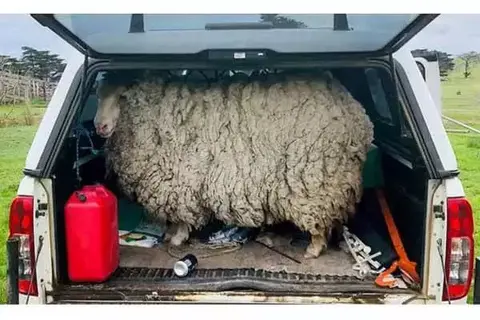
- DogsWhat Cat Food Is Best For Kittens?By Evelyn Star
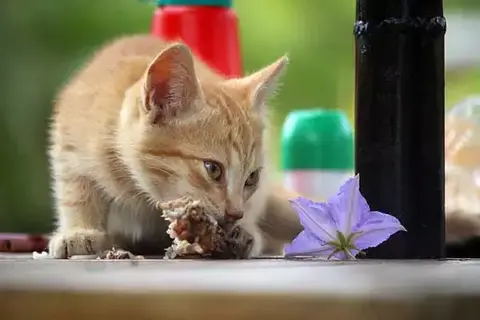
- WildlifeWhat Is Honey Bees Menu?By Amelia B

- DogsRules For Feeding Your PuppyBy Karla Miller

- LivestockCan Rabbit Eat Rice?By Evelyn Star
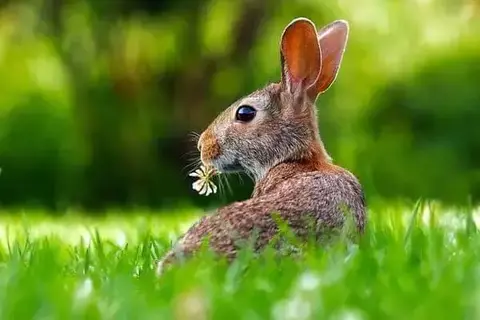
- DogsFun Facts About RottweilerBy Camilo Walker
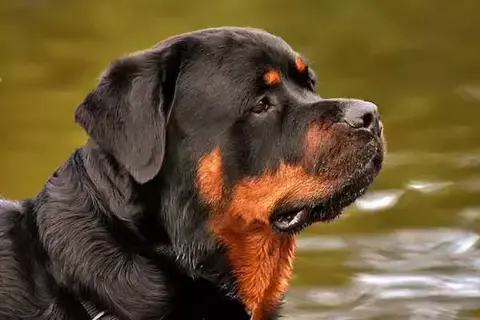
- WildlifeStarfish Characteristics And FactsBy Murphy Scott
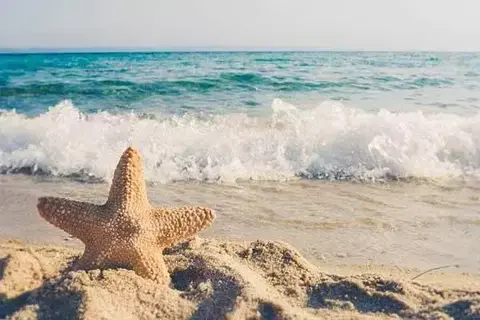
- BirdsWhere Parrots LiveBy Karla Miller

- Wildlife7 Interesting Facts About AntelopesBy Khai Dove

- WildlifeWhat Do Crabs Eat In The Ocean?By Karla Miller
